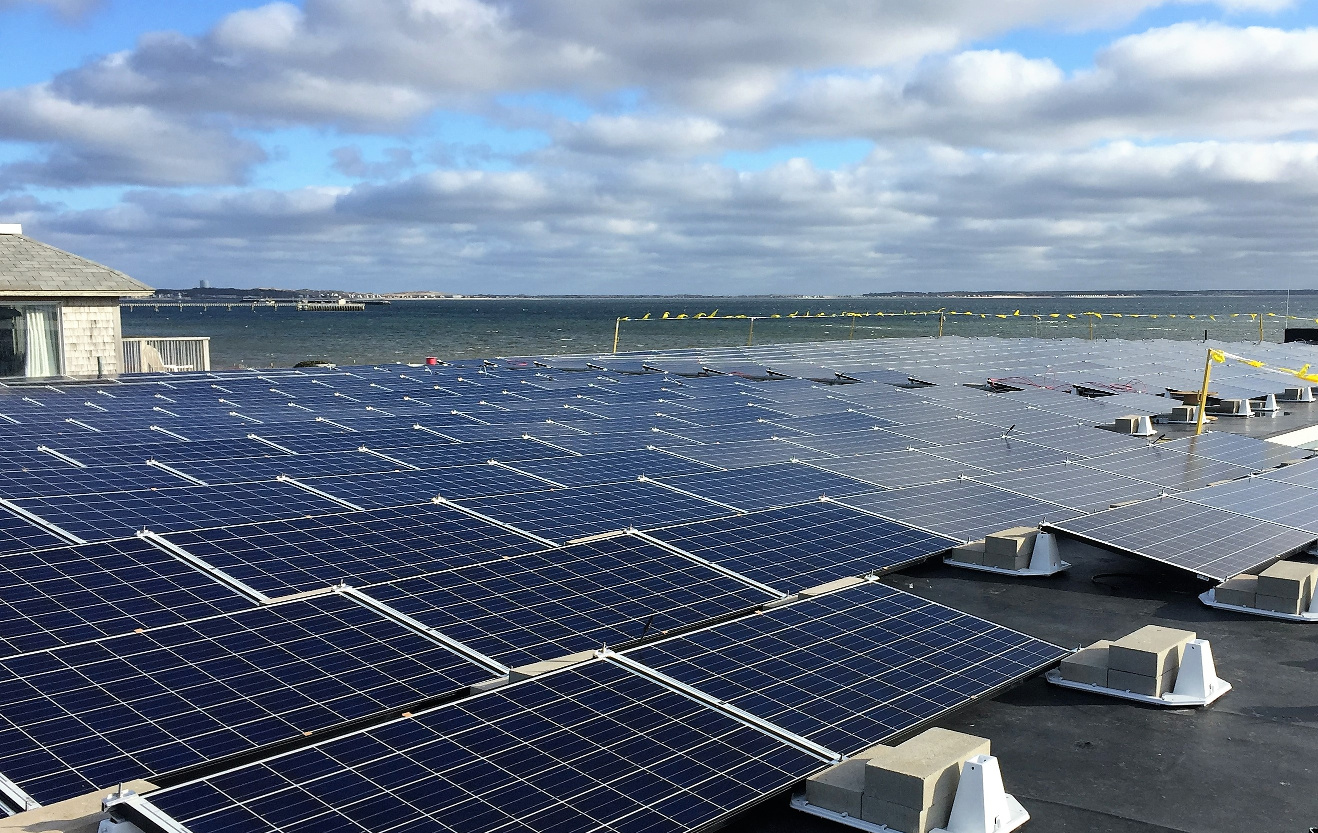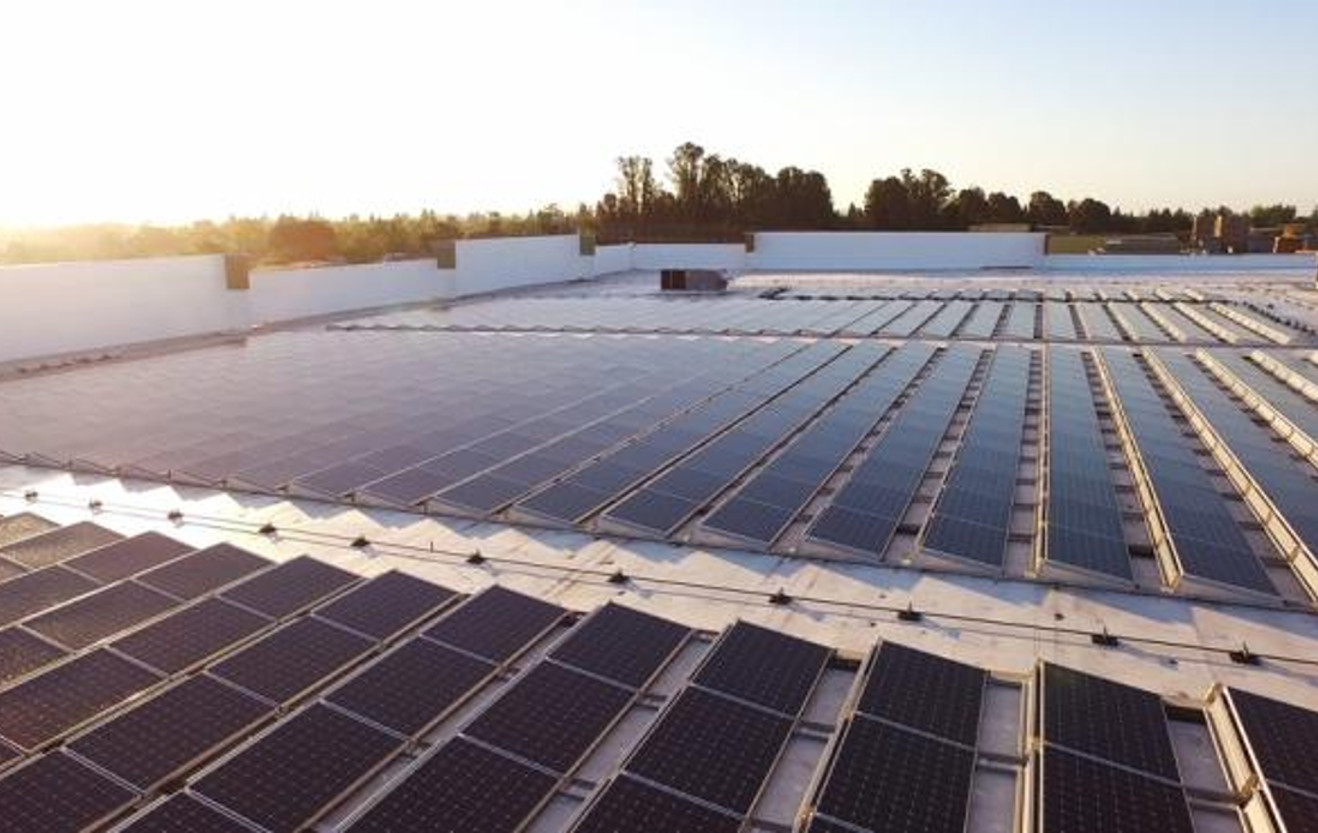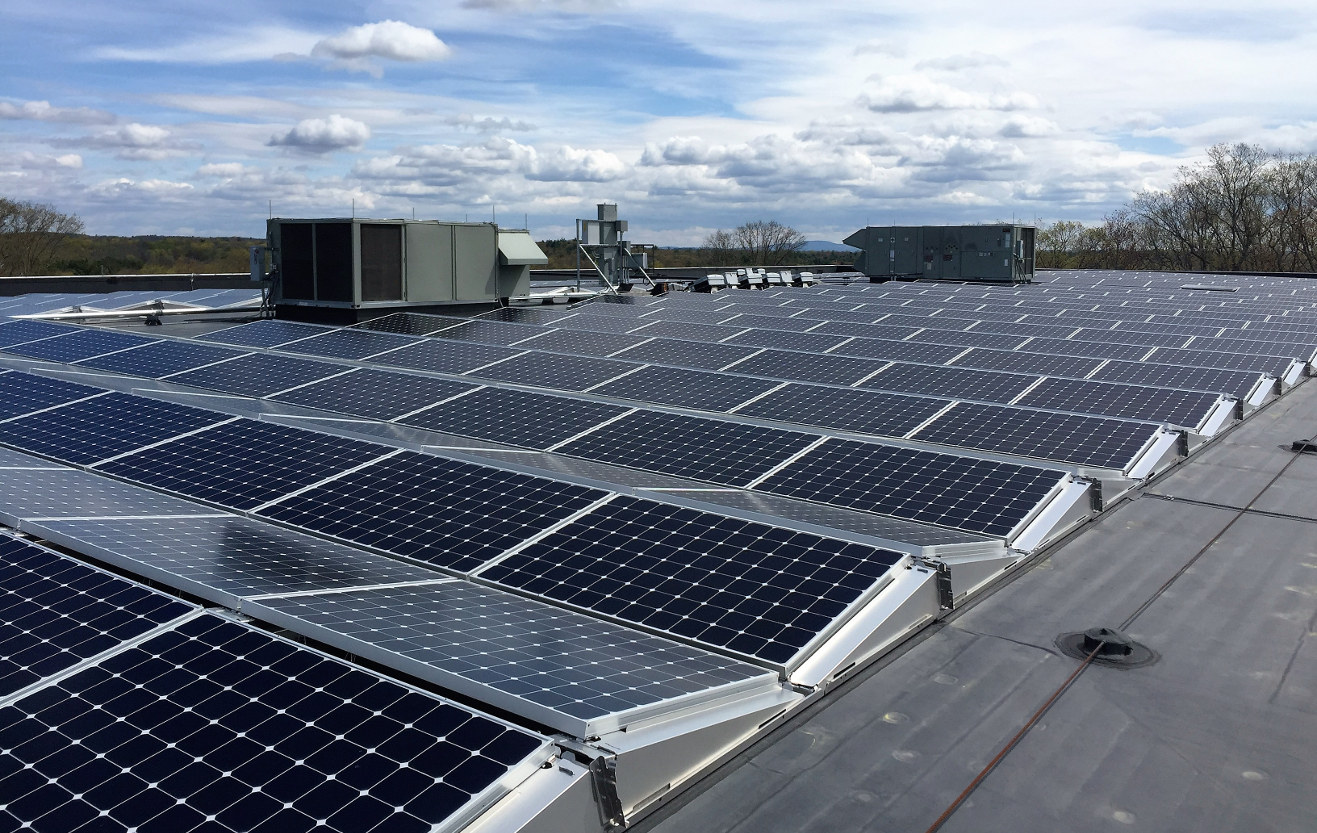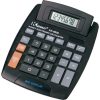Putting Solar Energy to Work For You
Defining Your Solar Purchase Return on Investment (ROI)
Putting Money to Work
There are always many investment opportunities competing for your available cash or credit. The better choices will give you a sufficient return on the value of the money, by your preferred method or calculation. Buying a solar energy system has proven to be extremely competitive and at times a better choice to more quickly return the investment and generate decades of cash flow. At BlueSel Commercial Solar we work with each customer’s preferred financial calculation methods like these:
A Return on Investment (ROI) calculation provides a relatively simple perspective of how much money you will save over the entire lifetime of a solar project. ROI values are commonly formulated over 10, 20, or 30 year periods. A comprehensive ROI formula for commercial solar will include:
Current utility costs.
Future utility costs, including changes in energy use and estimated utility cost increases.
Lifetime solar energy costs.
Associated taxes and any financing costs.
Solar rebates.
Levelized Cost of Energy (LCOE) is a method of normalizing the average lifetime costs generating electricity. It is the ratio of the initial capital cost plus the present value of all future operational costs (administration, maintenance and fuel) to the present value of all the energy produced during the anticipated lifetime of the project.
It is a method especially popular with utilities and policymakers, and some included factors may vary.
Cash flow analysis is not usually considered to be an independent means to evaluate a solar energy investment. It is often used an aide in making comparisons and investment and financing options.
Accountants use cash flow analysis to compare money made or spent on long-term assets the company has purchased or sold
Financial advisers summarize the IRR as the rate of growth a project is expected to generate. It is the percentage rate earned on each dollar invested for the period it is invested. In commercial real estate IRR is viewed as similar as interest on a capital purchase.
Generally speaking, the higher a project’s internal rate of return, the more desirable it is to undertake the project.
The Modified Accelerated Cost Recovery System (MACRS) is the current method of accelerated asset depreciation required by the U. S. income tax code. The policy allows businesses to recover investments in certain property through depreciation deductions, ranging from 3 to 50 years.
Solar energy systems for electricity generation are classified to allow 5 year accelerated deprecation.
We Support Customers in Many Industries
Where do you fit and how can we help?

Hospitality
BlueSel Commercial Solar understands the unique energy requirements for lodging and hospitality. Let us show you how solar works for your location whether a year round or a seasonal location.

Industry
Commercial solar is a bankable way for business, large or small, to get control of rising energy costs. Let us show you how to you can turn solar savings into a benefit for your core business.

Non-Profit
BlueSel addresses the distinctive financial needs of non-profit organizations. Variable budgets require precise and efficient designs, and specific financing. Let us show you how to save with solar.

